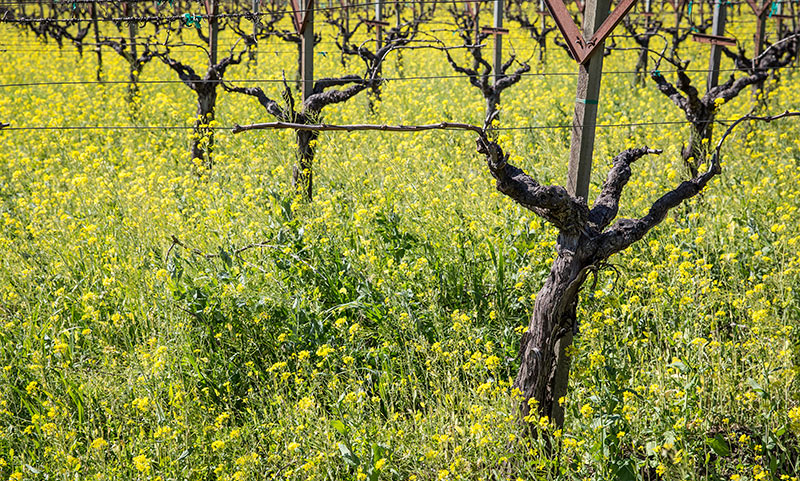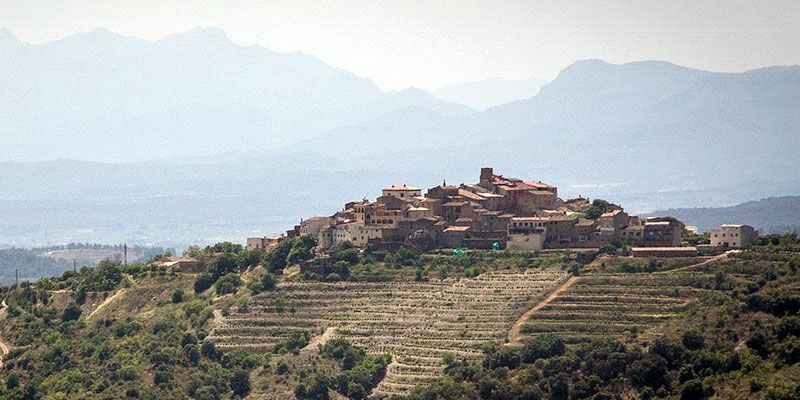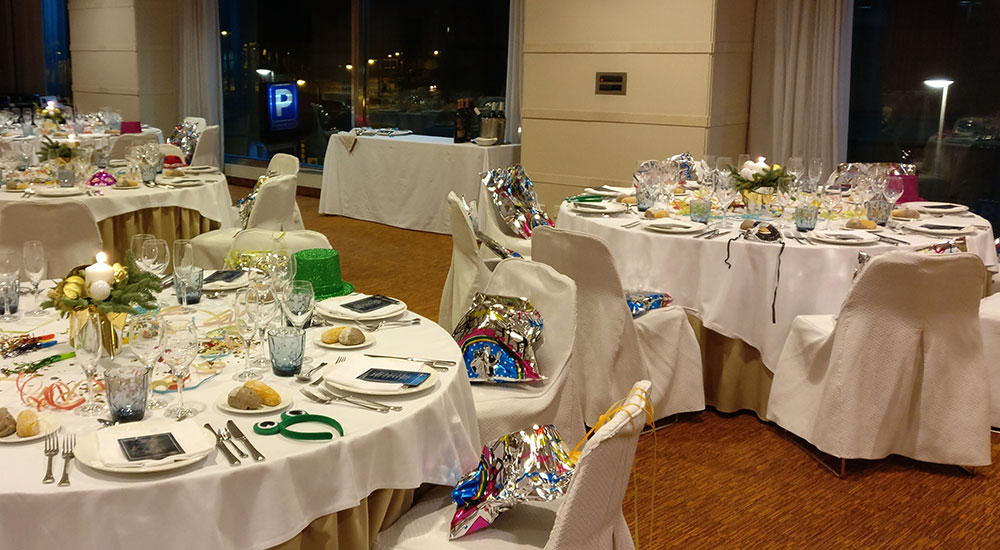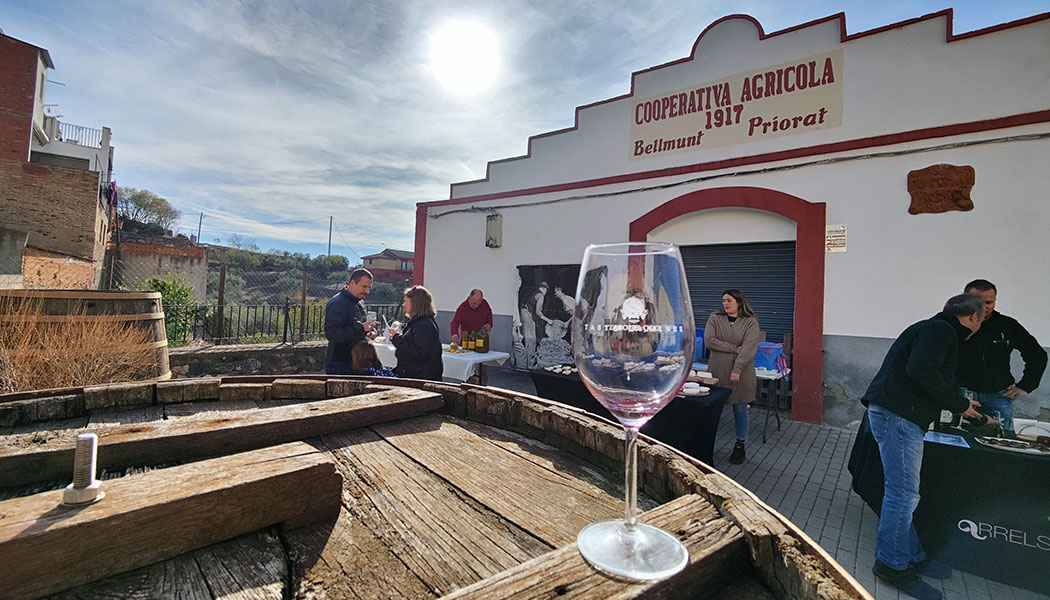When I was in California to visit family and work on the Napa Valley Report, one day after lunch I was driving with my aunt in downtown Petaluma.
We crossed the D Street Bridge over the Petaluma River which shows off the lovely redeveloped riverfront of the town. Infinitely walkable (something notable in the US), small, non-chain shops, very nice restaurants, and boats to rent along the 19th century docks all goes a long way to explain why so many who work in Napa Valley deal with the commute each day to live in Petaluma.
Despite all that’s been accomplished to date, there was still a small bit of work in progress at a construction site at the corner of C & 1st Streets. It’s a smart location that it’s easily accessible via the main downtown area, but it also holds a very admirable chunk of riverfront view.
As this is my aunt’s hood, I assumed she must have had a clue about it.
“What on earth is that huge thing they’re building?”
“Oh, that’s the new tasting complex for Adobe Road Winery. Apparently if I want to invest in it, I can.”
Before she could even finish her sentence, I said, “Absolutely don’t do that.”
A taste of the magic
In no way am I inferring that there’s anything amiss with this project. Looking over the lengthy prospectus on their website, it all seems well outlined albeit a bit, shall we say, “exuberant”. As per my last Petaluma Gap Report (under which many of their wines are included) it showed the wines to generally be well made, but midrange in terms of quality. So as to whether they need some massive, new, fancy showroom, is a question for others to decide.
But, if you’ve $300,000 to invest in a share or feel like lending them part of the $8 million in additional funds they want to raise, have at it. They are after all claiming to return a 10% interest on any loaned money. But I need to emphasize that you should only invest this money if it’s money you can potentially afford to lose.
I say this as a similar project popped up as a sponsored post on Decanter.com. This time it was for a wine resort down in Chile called, “Chichic”. It offers up eerily similar terms as the Adobe Road project in that it’s a $200,000 minimum invest, but with an “annual guaranteed return of 8%”. I know nothing about the project and it’s a complete unknown as to whether Decanter did due diligence when accepting to run this sponsored item, but, like Adobe Road, if it sounds appealing to you and you can potentially lose the investment, go for it.
Why do I keep adding this issue of losing your money?
Any investment with a private venture is not a guaranteed thing. And, if you zoom in for a close up, some 80-90% of all wineries startups fail. These are pretty terrible odds, but perhaps you feel that the terms offered for payback are appealing.
That offer of returned interest is definitely quite generous. In fact, it’s a great deal more than what you’d get putting the same money into a bank these days, even with the interest rates being “much” higher currently at a whopping 0.5% at best. The reason it’s higher is because the risk is higher and also, as I know from an ungodly number of winemakers who looked to expand their wineries, banks do not like to loan on wine ventures. Why? Could it be, “risk”? Yes, it’s risk.
But there’s a bigger question to ask in that, with such generous terms, why are both of these projects out there, running advertisements for their projects? If they’re that good, with such “guaranteed” returns, it seems like word of mouth would get them all they need via some large investors who can see that epic returns await them.
Are you filling, or are you crust?
Anyone who’s smart with their money will spread the risk and only be the lead investor on a project, but not the full investor. Thus they’re first money in, first money out. Looking for smaller investors to fill up the pie will mean that these are the folks who are the last to get their money out when it comes to profit dividends or worse, bankruptcy. This is why it seems so generous on the front end as the risk is tremendous and the expected payout for the very small shareholders will be, well, very small when and if it arrives.
And it’s important to point out that any enotourism project is an exceedingly good manner to have a small investment that started out as a larger one–even more so than building a winery. Despite all its plusses for a winery and wine region, enotourism is at best an addon to travel which means that it suffers the whims of travel without the plusses of travel.
If people go somewhere for a vacation, they must have a place to stay and places to eat. They don’t necessarily need winery visits or tasting “experiences”. So, they may or may not pass on including enotourism in their travel, even if wine lovers. This makes enotourism exceedingly variable and despite Adobe Road’s extremely bullish revenue projections, if there’s another pandemic, plane crash, earthquake, or who knows what, everything goes to pot.
This isn’t necessarily the case with a winery as shown by the pandemic when there was a massive shift to direct sales. Enotourism on the other hand was simply left with its cheese out in the wind, so despite being wine adjacent, it holds even more risk than the winery itself.
On top of all this, there’s the issue that enotourism simply does not scale and thus anyone claiming anything based upon “growth” should be completely dismissed.
Enotourism at its most successful is a small thing that works best when it stays small. This is not something that will ultimately pay tremendous dividends to investors. There is no big payout in anything related to enotourism no matter what anyone tries to pitch you.
The disruptors have arrived, again
This is why I had to laugh when the same canned PR announcement circulated at the end of January about Preferabli and their “plans to revolutionise personalised hospitality & travel”. They’ve made the assumption that just by selling wine (of course with something AI-related) that they can apply this to enotourism.
This won’t work and it will never work. Winery visits are small, intimate affairs, not something to be “disrupted”. Even tasting room visits, which are large in enotourism terms, are still organized, small in nature, and finite. Frog’s Leap in Napa Valley is a perfect example of the small is better concept as every time I’ve been there, the place is full of visitors who walk out with box loads of wines and scads of new of new people signed up to their wine club. This is enotourism that works and they’ve no need to scale, disrupt, do an IPO, open global outlets, etc. as their enotourism is something to sell their core product, wine.
You simply can’t grow these things and there is no way to franchise enotourism. And this is of course needing to remember that wine is itself a very finite alcoholic product which differs greatly from beer and spirits. Similar to how you can’t just make more wine one year, if you attempt to boost enotourism in any manner that will appease the “rot economy” (which demands infinite growth), everything collapses.
Fail baby, fail
This may sound like a grandiose assumption on my part, but I watched it firsthand via the wholesale disintegration of Arblaster & Clarke in the UK. While it was a years-long affair, in brief, an archeology tour company bought out this venerable and exceedingly popular enotourism company with the idea that they could a) grow it and b) add it on to their other tours and c) increase value across all their properties. This was the forerunner to this Preferabli “concept” except that it was being done by people who actually knew something about tourism, not a company that’s come at it sideways and slapped AI on to their sales pitch because that’s what you do now.
The Arblaster & Clarke change was a colossal failure as the moment that clients started feeling like their tour experiences were being commodified, they left in droves, to the point where the parent company, via an email to their much smaller client mailing list, said they were going to “rest the brand” towards the end of 2019. At the heart of the matter was the fact that this company had simply invested far too much into enotourism without understanding how it actually works and what is it that drives this segment of wine—a unique smallness and intimacy whether one is offering tours as a third party or hosting tastings as a winery.
These are but a few examples of a story that keeps repeating itself. Someday, the message might be received that for enotourism to succeed, it needs to stay small and it simply can’t be scaled. People need to stop trying unless they just have money to burn, although as mentioned earlier, those who get burned are usually the smaller investors.
If it’s something that can’t be kept small, then simply don’t do it all and don’t ever invest in someone else’s project thinking it will reap a huge pay out. Putting your money on black in Las Vegas is quite amazingly, a much surer bet than buying in to any grand and/or disruptive business plan in the world of enotourism.
Always be wary and keep it small.




